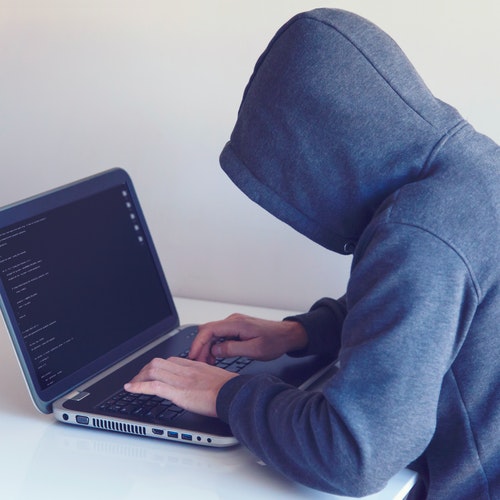Many people shop, socialize, and work online. Your personal computing devices can all potentially be a weak link that could put your personal information at risk. Should you need to share any of these tools, such as with your children, your risk goes up with each user.
Here is how to protect your personal online information.
Time Your Social Media Posts
Post your vacation pictures when you get home. Do not announce on social media that your current travel plans include taking the whole family to a theme park, on a ski trip, or on a cruise.
Informing the entire world that you are not home is not safe. It would be wonderful to think that your friends would monitor their privacy settings so their “Congratulations! Have a wonderful time on your cruise!” isn’t seen by someone who may be happy to check out your empty home.
Additionally, if you are a fan of solo travel, sharing photos of your quiet camping trip while you’re alone in the woods could be a risk.
Go ahead and celebrate your happy events. Show your grinning child in their mouse ears. Just wait until you’re home to share the joy.
Add an Additional Firewall
Computer viruses can be frustrating and may damage your computing power. However, viruses are just one of your worries when reviewing your cyber security choices.
Should you face a ransomware attack, you may actually find that you need to pay to gain access to your photos and documents. Quality security software and additional firewalls can protect you from ransomware.
For those with a small business that you promote on social media or manage on your own site, updating your cybersecurity can protect your data and make life easier for your clients.
Shop with Care
When you use your own credit card to make a purchase online, the risk of loss through theft can be huge. There are many programs that will offer to save your information for your next purchase. Don’t allow your computer to save this information.
If you’re buying from a new website, put the item you want in the basket and get a ballpark of what your purchase will make. Next, purchase a Visa gift card for slightly more money. Use the gift card data to make your purchase. If the seller has a virus or is at risk of hacking, you may face a temporary loss of the low limit on the gift card, but this theft won’t max out your card.
Avoid the guest check-out option. Set up an account with the seller. First of all, if you have a good experience with the seller, you can earn discounts and loyalty points once you have an account. Even if you don’t have a good experience, you can track your purchase, note the payment amount, and confirm any extra balance left on the card.
Vary Your Passwords
Get in the habit of changing your passwords, especially if you access accounts both from your phone and your laptop. It’s easy to start using the same password across several platforms.
Whenever possible, do your best to sign up for multi-factor authentication. This will likely be required when you change your password. It may also pop up when you log into a site that you haven’t been in for a while.
Multi-factor authentication often means that you need to be able to receive a text to the phone number on file before you can proceed into an account on a website. Make sure that trusted contacts have the right phone number for you, such as your bank, retirement account administrators, and your employer.
In particular, if you get in the habit of changing your passwords on a regular schedule, check for that multi-factor authentication with each password change. If you don’t see it, it could be time to make a change.
In Summary
Hackers need very little time to scramble your life. They can injure your credit, lock up your data and turn your electronics into a weapon against those who need to contact you. A simple upgrade to your security can save you a lot of stress and worry.


